Home>Dining>Events & Etiquette>Table Etiquette: Where To Put A Napkin – On The Table Or Chair Seat?
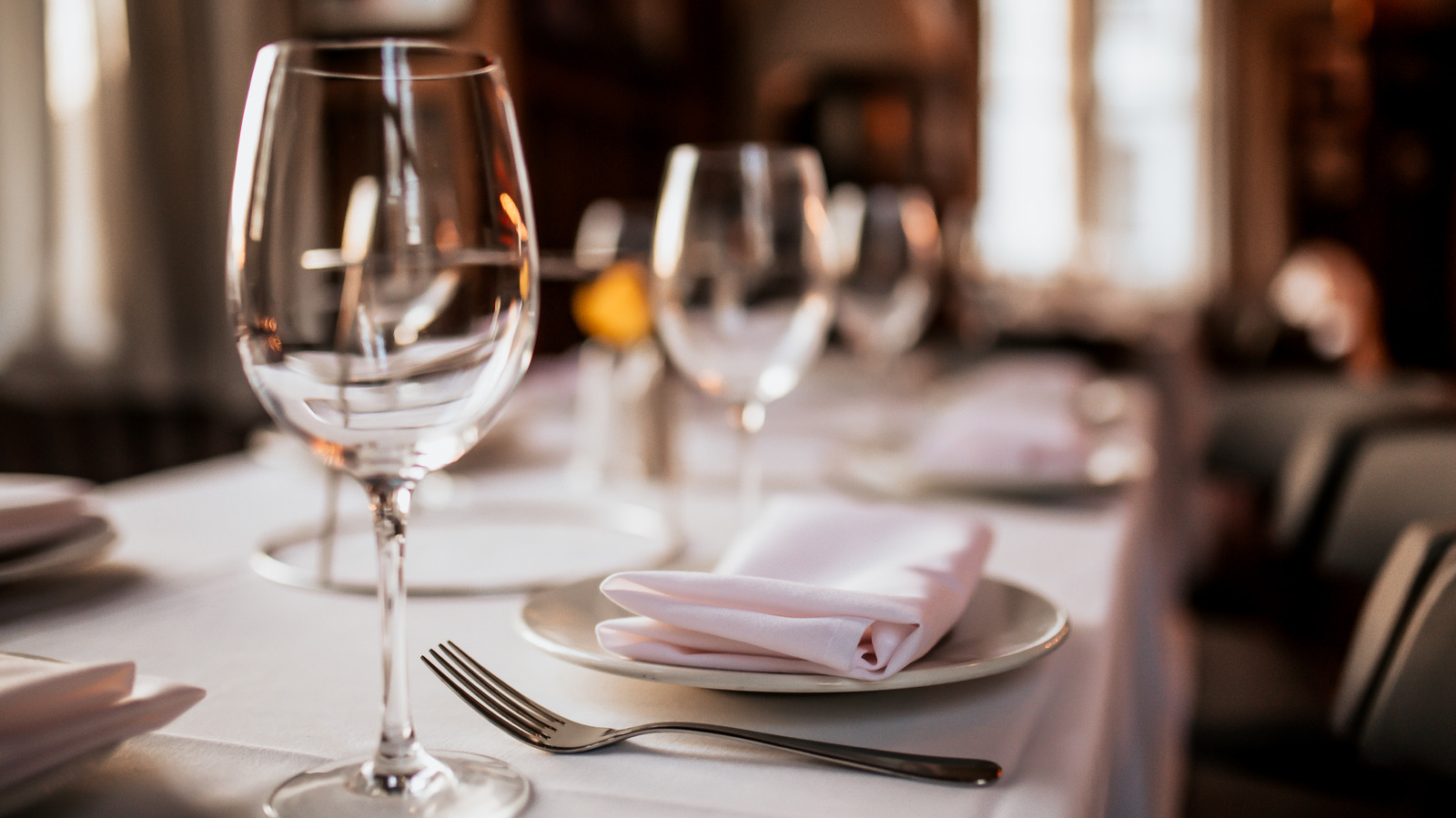

Events & Etiquette
Table Etiquette: Where To Put A Napkin – On The Table Or Chair Seat?
Modified: February 24, 2024
Discover proper table etiquette for events - learn where to place your napkin, on the table or chair seat.
(Many of the links in this article redirect to a specific reviewed product. Your purchase of these products through affiliate links helps to generate commission for Storables.com, at no extra cost. Learn more)
Introduction
Table etiquette plays a crucial role in modern society, guiding our behavior while dining and ensuring that we create a pleasant and respectful environment for all participants. Every element of table etiquette, from using utensils correctly to engaging in polite conversation, has its own significance. One often overlooked aspect of table etiquette is the placement of the napkin. While it may seem like a trivial matter, knowing where to put a napkin – on the table or chair seat – can make a difference in how others perceive our manners and sophistication.
In this article, we will delve into the world of table etiquette, specifically focusing on the proper placement of a napkin. We will explore the historical and cultural perspectives surrounding this topic and discuss the various factors to consider when deciding between placing the napkin on the table or chair seat. By understanding the intricacies of napkin placement, we can confidently navigate formal dining settings and present ourselves with grace and poise.
So, let’s unravel the secrets of napkin etiquette and discover the dos and don’ts of placement for this humble yet essential dining item.
Key Takeaways:
- Napkin placement reflects cultural customs and formality. Traditional lap placement signifies elegance, while modern table placement suits casual settings. Respect cultural variations for a harmonious dining experience.
- Etiquette guidelines for napkin placement ensure a polished dining experience. Unfold and position the napkin neatly, use it discreetly during the meal, and consider factors like formality and personal comfort.
Read more: Where To Put Extra Dining Chairs
Importance of Table Etiquette
Table etiquette is more than just a set of rules to follow during a meal. It is an expression of respect, consideration, and refinement. When we practice good table manners, we contribute to a harmonious dining experience and leave a positive impression on others. Here’s why table etiquette, including proper napkin placement, is so important:
- Social cohesion: Table etiquette serves as a unifying force, bringing people together in a shared experience. By following the established norms, we create an atmosphere of harmony and make those around us feel comfortable and respected.
- Self-presentation: Your table manners reflect your level of sophistication and self-awareness. Knowing the appropriate way to handle a napkin is a sign of your attention to detail and consideration for those dining with you.
- Professional relationships: In business settings, dining etiquette can have a significant impact on professional relationships. By exhibiting proper manners, including the correct placement of your napkin, you project an image of professionalism and competence.
- Respecting the host: When invited to someone’s home or attending a formal event, understanding and adhering to proper table etiquette is a way of showing respect to the host. By following the established customs, you demonstrate your appreciation for their efforts in creating a delightful dining experience.
- Cultural awareness: Table etiquette varies across different cultures and societies. By familiarizing yourself with the customs of a particular region or community, you show respect for their traditions and avoid inadvertently causing offense.
- Enhancing the dining experience: Good table manners enhance the overall dining experience for everyone involved. When we handle our napkins with care and place them correctly, we prevent distractions and create a more enjoyable atmosphere for conversation and connection.
Ultimately, table etiquette, including proper napkin placement, is about fostering a sense of respect, consideration, and cultural awareness. By following these guidelines, we can ensure that our dining experiences are both enjoyable and memorable, while leaving a positive impression on those around us.
The Purpose of the Napkin
Before we dive into the discussion of where to place the napkin, let’s first understand its purpose. The napkin is not just a mere accessory on the dining table; it serves a specific function in the dining experience. Here are the primary purposes of the napkin:
- Hygiene: One of the main purposes of the napkin is to ensure cleanliness during the meal. It is used to wipe the hands, mouth, or any accidental spills that might occur while eating. By using the napkin, we maintain personal hygiene and avoid making a mess at the table.
- Etiquette: The napkin also plays a role in table etiquette. It helps to maintain decorum by providing a means to discreetly remove any food particles from the mouth. It is considered impolite to use one’s fingers or lick one’s lips directly.
- Protection: Another function of the napkin is to protect the clothing from spills or potential stains. Placing the napkin on the lap provides a barrier between the food and clothing, ensuring that any accidental spills or drips do not soil our attire.
- Signal: The placement of the napkin can also serve as a signal to indicate various aspects of the meal. For example, when a person leaves the table temporarily, they may place the napkin neatly on the chair to indicate that they will return. Conversely, if a person has finished their meal, they may place the napkin on the table to signal that they are done.
- Convenience: Lastly, the napkin provides convenience during the meal. It is readily available to clean utensils, wipe away any excess sauce, or even cover a dish temporarily. The napkin serves as a versatile tool to aid in the dining experience.
Overall, the napkin serves multiple purposes, including hygiene, etiquette, protection, signaling, and convenience. Understanding its significance will help us appreciate its proper placement on the table or chair seat, as it fulfills its role in a tasteful and practical manner.
Traditional Placement of the Napkin
In the realm of table etiquette, the traditional placement of the napkin has been a topic of discussion and variation throughout history. While customs may differ slightly depending on the region and specific occasion, there are some general guidelines for the traditional placement of the napkin:
Placement on the Lap: In formal dining settings, the traditional and most common practice is to place the napkin on your lap. As you take your seat, gently unfold the napkin and lay it across your lap, with the open edges facing towards your stomach. The napkin should be large enough to cover your lap reasonably.
Use of Napkin Rings: In formal dining settings, napkins are often presented folded neatly in a napkin ring. The napkin ring holds the napkin in a stylish and organized manner and is placed on the table setting to the left of the plate or in the center of the plate if it is intended to be used as a bread plate.
Etiquette during the Meal: As you progress through the meal, it is customary to use the napkin to blot your mouth when necessary. When doing so, gently dab your lips with the napkin, rather than wiping or scrubbing. It is essential to handle the napkin discreetly and avoid using it excessively or making excessive noise.
Temporary Placement on the Chair: If you need to leave the table temporarily during the meal, you can momentarily place your napkin on the chair seat. This signifies to others that you will return and that your seat is still occupied. However, it is important to note that this practice is more common in formal settings and may not be followed in more casual or relaxed dining situations.
Remember, these are general guidelines for traditional napkin placement. Specific rules and customs may vary depending on the occasion, cultural practices, or personal preferences of the host. It is always a good idea to observe the behavior of others and follow the lead of your dining companions when in doubt.
Now that we have explored the traditional placement of the napkin, let’s turn our attention to some modern alternatives and factors to consider when choosing where to put the napkin during a meal.
Modern Alternatives for Napkin Placement
While traditional napkin placement on the lap remains a common practice, modern dining trends have given rise to alternative options for napkin placement. These alternatives provide flexibility and adaptability to different dining scenarios. Here are some modern alternatives for napkin placement:
Placement on the Table: Placing the napkin on the table next to your plate is a more contemporary approach to napkin placement. This alternative is often seen in informal or casual dining settings. When you first take your seat, you can unfold the napkin and lay it neatly to the left or right of your plate.
Placement on the Plate: Another modern alternative is to place the napkin on the plate, either partially covering it or folding it and tucking it under the silverware. This placement can be interpreted as a signal that you have finished your meal and are ready for the plate to be cleared. It is important to note that this practice is more common in Western dining cultures and may not be as widely accepted in other parts of the world.
Sleeve or Pocket Placement: For more informal or casual settings, some individuals may choose to place the napkin in their shirt sleeve or pocket. This alternative is particularly popular in outdoor events, picnics, or when dining in a more relaxed atmosphere. It provides convenience and accessibility for quick use during the meal.
Personalized Napkin Placement: In some dining establishments or events, personalized or monogrammed napkins may be presented in creative ways. This can include folding techniques, origami-inspired designs, or placing the napkin in a decorative napkin holder. These personalized placements add a touch of elegance and uniqueness to the dining experience.
It is important to note that while modern alternatives for napkin placement offer flexibility, they may not always be suitable for formal or professional dining settings. In such cases, it is advisable to adhere to traditional napkin placement to ensure adherence to proper etiquette.
When considering which alternative to choose, it is essential to consider the overall tone and formality of the dining occasion, as well as the expectations of the host or venue. Adapting to the specific context will help you make the right choice for napkin placement and showcase your awareness and respect for the situation.
Remember, the goal of napkin placement is to ensure a seamless and enjoyable dining experience for yourself and your fellow diners. By considering modern alternatives and making informed choices, you can navigate table etiquette with confidence and grace.
Next, let’s examine some factors to consider when deciding whether to place the napkin on the table or chair seat.
When sitting down at the table, place your napkin on your lap. If you need to leave the table temporarily, place the napkin on your chair seat to signal that you will be returning.
Read more: How To Put Napkins In A Napkin Holder
Factors to Consider When Choosing Napkin Placement
When deciding between placing the napkin on the table or chair seat, several factors come into play. The choice of napkin placement can vary depending on the occasion, cultural practices, and personal preferences. Here are some key factors to consider when making this decision:
Formality of the Occasion: The formality of the dining occasion is an essential factor in determining napkin placement. In more formal settings, such as a fine dining restaurant or a formal banquet, traditional placement on the lap is generally expected. On the other hand, in casual or relaxed settings, placing the napkin on the table may be more appropriate.
Table Setting and Space: Consider the table setting and available space when choosing napkin placement. If the table is set with limited space, placing the napkin on the chair seat can be a practical option to avoid overcrowding the table. However, if there is ample space on the table, laying the napkin neatly beside the plate can be a visually appealing choice.
Personal Comfort: Personal comfort is an important factor to consider as well. Some individuals may find it more comfortable to have the napkin on their lap throughout the meal, while others may prefer to have it readily accessible on the table. Choose the option that allows you to feel at ease and enjoy your dining experience.
Cultural Customs: Cultural customs and traditions play a significant role in determining napkin placement. Different cultures may have specific customs and expectations regarding where the napkin should be placed. It is essential to be mindful of these cultural differences and respect the traditions of the particular setting or event.
Host’s Preferences: If you are a guest at a formal dinner or event, it is appropriate to consider the preferences of the host when deciding on napkin placement. If the host provides instructions or demonstrates a particular placement, it is best to follow suit to show respect and appreciation for their hospitality.
Adaptability: Being adaptable is key when it comes to napkin placement. Some dining situations may call for a blend of traditional and modern approaches. For example, you might start with the napkin on your lap during the main course but transition it onto the table during dessert. Use your judgment and adapt to the specific circumstances.
By considering these factors, you can make an informed decision about where to place your napkin, ensuring that your choice aligns with the occasion, cultural norms, and personal comfort. Remember, the goal is to navigate proper napkin etiquette with grace, respect, and attentiveness to the dining environment.
Now that we have explored the factors to consider, let’s take a look at some cultural variations in napkin placement around the world.
Cultural Variations in Napkin Placement
When it comes to napkin placement, customs and traditions can vary significantly across different cultures. Understanding these cultural variations is essential to show respect and avoid any unintentional breaches of etiquette. Here are some examples of cultural variations in napkin placement:
European and Western Cultures: In many European and Western cultures, the traditional placement of the napkin is on the lap. This is the case in countries like France, Spain, Italy, and the United States. Placing the napkin neatly on the lap is considered proper and expected in formal dining settings.
Asian Cultures: In many Asian cultures, such as China, Japan, and South Korea, the traditional placement of the napkin is on the table. The napkin is often provided as a small towel or cloth, and it is placed beside the plate or bowl. However, it is important to remember that customs may vary within each country, so it is advisable to observe and follow the lead of your dining companions.
Middle Eastern and African Cultures: In Middle Eastern and African cultures, there may be variations in napkin placement depending on the specific country and customs. In some cases, the napkin may be placed on the chair seat, while in others, it may be placed on the table. It is best to familiarize yourself with the particular traditions of the host or dining setting.
Indian Subcontinent Cultures: In countries like India and Pakistan, the traditional placement of the napkin is often on the table or to the left of the plate. However, customs can differ among different regions and communities. It is advisable to follow the lead of your hosts or observe the practices of others at the table.
Middle Eastern and African Cultures: In Middle Eastern and African cultures, there may be variations in napkin placement depending on the specific country and customs. In some cases, the napkin may be placed on the chair seat, while in others, it may be placed on the table. It is best to familiarize yourself with the particular traditions of the host or dining setting.
These are just a few examples of cultural variations in napkin placement. It is important to note that customs can also vary within each country or region, so it is best to be observant and respectful of the practices of the specific dining setting you find yourself in. When in doubt, follow the lead of your hosts or dining companions.
Ultimately, being aware of and sensitive to cultural differences in napkin placement is a sign of cultural competence and respect. By adapting to the customs of the particular culture or dining setting, you can navigate table etiquette with grace and enjoy a more enriching dining experience.
Now, let’s move on to explore the etiquette guidelines for placing the napkin on the table and chair seat.
Etiquette Guidelines for Placing the Napkin on the Table
Placing the napkin on the table is a modern alternative to traditional lap placement and is commonly seen in more casual or relaxed dining settings. While there is flexibility in napkin placement, following some etiquette guidelines can help you navigate this choice with poise and consideration. Here are some guidelines for placing the napkin on the table:
- Unfolding the Napkin: When you first take your seat, gently unfold the napkin and lay it neatly to the left or right of your plate. Avoid shaking or snapping the napkin, as this can be seen as disrespectful or disruptive.
- Positioning: Place the napkin in a way that is visually appealing and does not encroach upon the space of other table settings or dishes. Fold or position the napkin in a way that it remains tidy and does not distract from the overall table presentation.
- Etiquette during the Meal: Throughout the meal, use the napkin as needed to blot your mouth or to gently clean your fingers. Remember to handle the napkin discreetly and avoid using it excessively or making excessive noise. Use a gentle dabbing motion rather than wiping or scrubbing.
- Temporary Placement: If you need to temporarily leave the table during the meal, place the napkin neatly on your chair. This signals to others that you will return and that your seat is still occupied.
- End of the Meal: Once you have finished your meal, place the napkin beside your plate, neatly folded or slightly crumpled, depending on the informality of the setting. Avoid folding the napkin back into its original form or leaving any food debris visible.
- After the Meal: At the end of the meal, resist the temptation to place the used napkin on top of your plate or push it away from you. Instead, leave the napkin where it is and wait for the server to collect it along with the other used dishes and utensils.
Remember, these guidelines provide a general framework for placing the napkin on the table. Customs and expectations can vary depending on the setting, occasion, or cultural practices. It is always advisable to observe the behavior of others and follow the lead of your dining companions when in doubt.
Now that we have explored the etiquette guidelines for placing the napkin on the table, let’s move on to discussing the etiquette guidelines for placing the napkin on the chair seat.
Etiquette Guidelines for Placing the Napkin on the Chair Seat
Placing the napkin on the chair seat is a modern alternative to the traditional lap placement or placing it on the table. This practice is often seen in more formal dining settings or when table space is limited. When choosing to place the napkin on the chair seat, it is important to follow some etiquette guidelines to ensure a respectful and polished dining experience. Here are some guidelines for placing the napkin on the chair seat:
- Unfolding the Napkin: Upon taking your seat, gently unfold the napkin and place it on your chair seat. Ensure that the napkin is positioned neatly and does not hang over the edges of the chair.
- Positioning: When placing the napkin on the chair seat, position it to the side so that it does not interfere with your ability to sit comfortably. The napkin should not obstruct other guests when they are trying to take their seats.
- Etiquette during the Meal: Throughout the meal, use the napkin as needed to blot your mouth or to clean your fingers gently. Remember to handle the napkin discreetly and avoid making excessive noise or using it excessively.
- Temporary Placement: If you need to temporarily leave the table during the meal, place the napkin neatly on your chair seat. This signals to others that you will return and that your seat is still occupied.
- End of the Meal: Once you have finished your meal, neatly fold the napkin and place it either back on the chair seat or on the table next to your plate. If placing it back on the chair seat, position it in a way that it remains tidy and does not slip or fall off the chair.
- After the Meal: At the end of the meal, leave the napkin wherever it was placed (on the chair seat or table). Wait for the server to collect it along with the other used dishes and utensils.
It is important to note that placing the napkin on the chair seat is more commonly practiced in formal dining settings or when table space is limited. In more casual or relaxed settings, the traditional placement on the lap or on the table may be more appropriate.
As always, it is advisable to observe and follow the lead of your dining companions and host. By adhering to these etiquette guidelines for placing the napkin on the chair seat, you can maintain a polished and considerate manner throughout the dining experience.
Now that we have discussed the etiquette guidelines for placing the napkin on both the table and chair seat, let’s conclude with a brief summary.
Read more: How To Cover A Dining Chair Seat
Conclusion
Table etiquette plays a significant role in enhancing the dining experience and showcasing our respect and consideration for others. The placement of the napkin, whether on the table or chair seat, is a nuanced aspect of table etiquette that can vary depending on the occasion, cultural practices, and personal preferences. By understanding the importance and purpose of the napkin, as well as considering various factors, we can make informed choices that reflect our awareness and respect for the dining environment.
Traditional placement of the napkin on the lap remains a prevalent practice in formal dining settings, symbolizing elegance and attention to detail. Placing the napkin on the table has become a modern alternative, commonly seen in more casual or relaxed settings. Factors such as the formality of the occasion, cultural customs, and personal comfort should be taken into account when deciding where to place the napkin.
It is essential to follow etiquette guidelines for napkin placement, ensuring that the napkin is unfolded and positioned neatly. Throughout the meal, the napkin can be used to maintain personal hygiene, blot the mouth, or clean the fingers discreetly. Temporary placement on the chair seat is acceptable when leaving the table, signaling to others that the seat is still occupied.
Cultural variations in napkin placement exist across different cultures, highlighting the importance of respecting and adapting to the customs of the particular dining setting. By being observant and considerate of these cultural differences, we can navigate table etiquette with grace and cultural competence.
In conclusion, the choice of napkin placement is just one element of table etiquette, but it carries symbolic meaning and reflects our manners and sophistication. By understanding the purpose of the napkin, considering the factors at hand, and respecting cultural practices, we can make well-informed decisions that contribute to a harmonious and enjoyable dining experience.
Remember, etiquette is not about rigid rules, but rather about showing respect, consideration, and adaptability. By approaching table etiquette with an understanding of its significance and embracing the spirit of respect, we can create a positive and memorable dining experience for ourselves and those around us.
Frequently Asked Questions about Table Etiquette: Where To Put A Napkin - On The Table Or Chair Seat?
Was this page helpful?
At Storables.com, we guarantee accurate and reliable information. Our content, validated by Expert Board Contributors, is crafted following stringent Editorial Policies. We're committed to providing you with well-researched, expert-backed insights for all your informational needs.
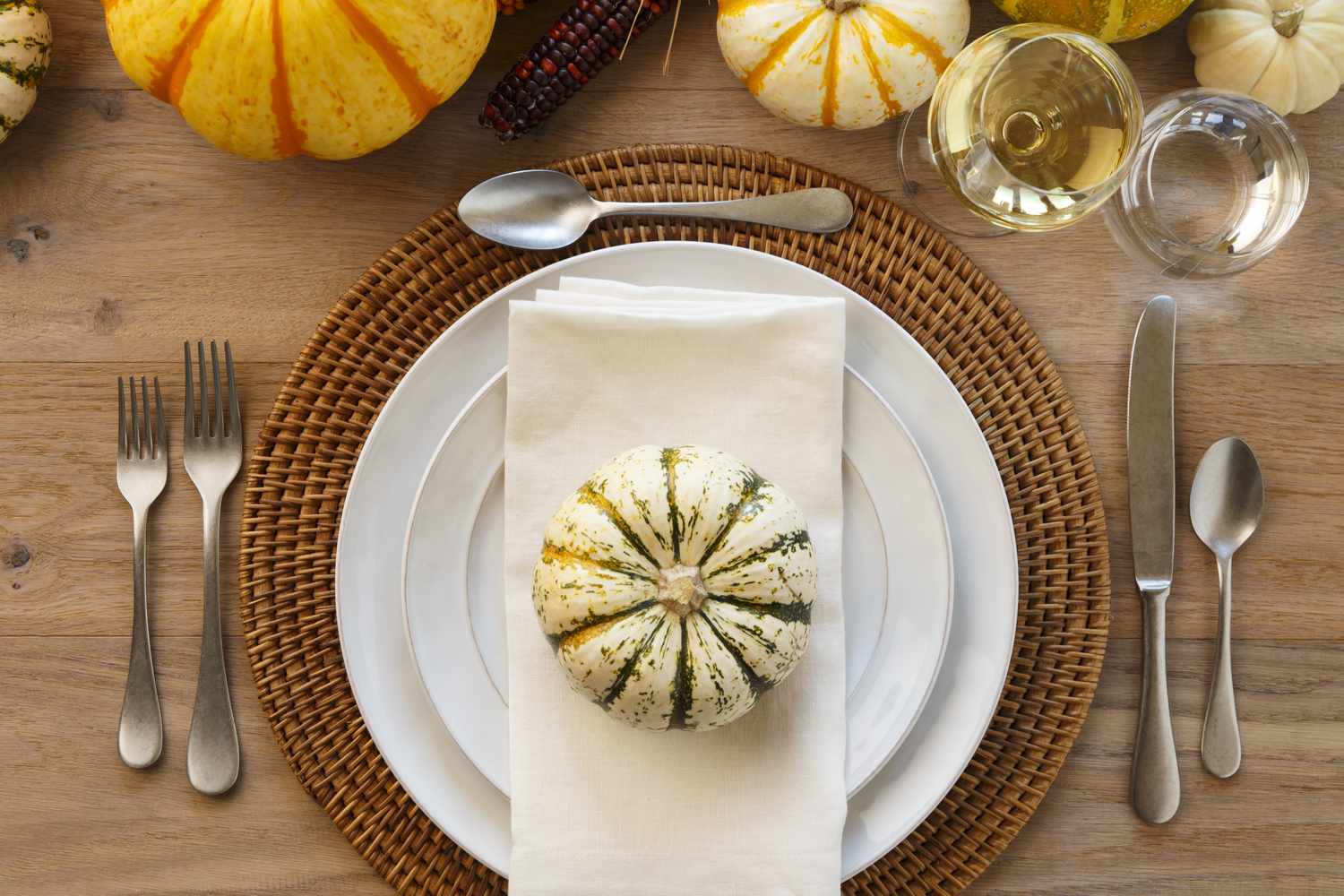

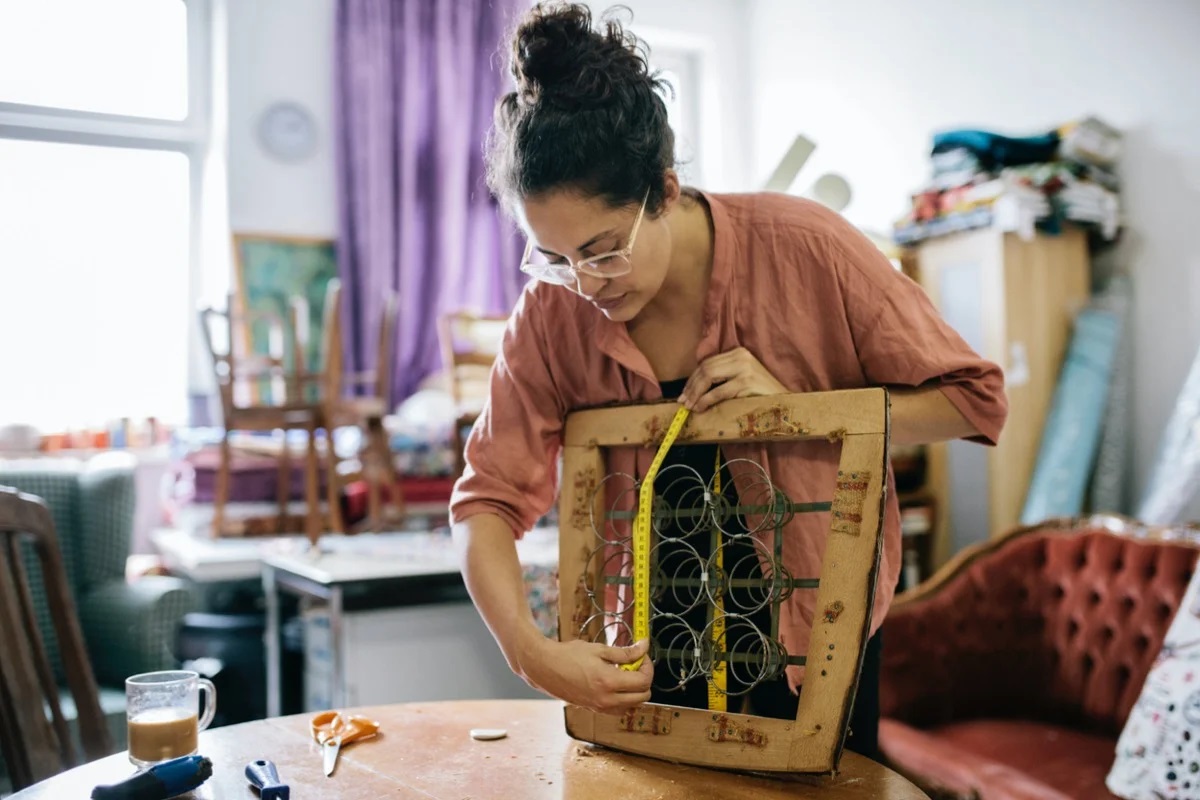
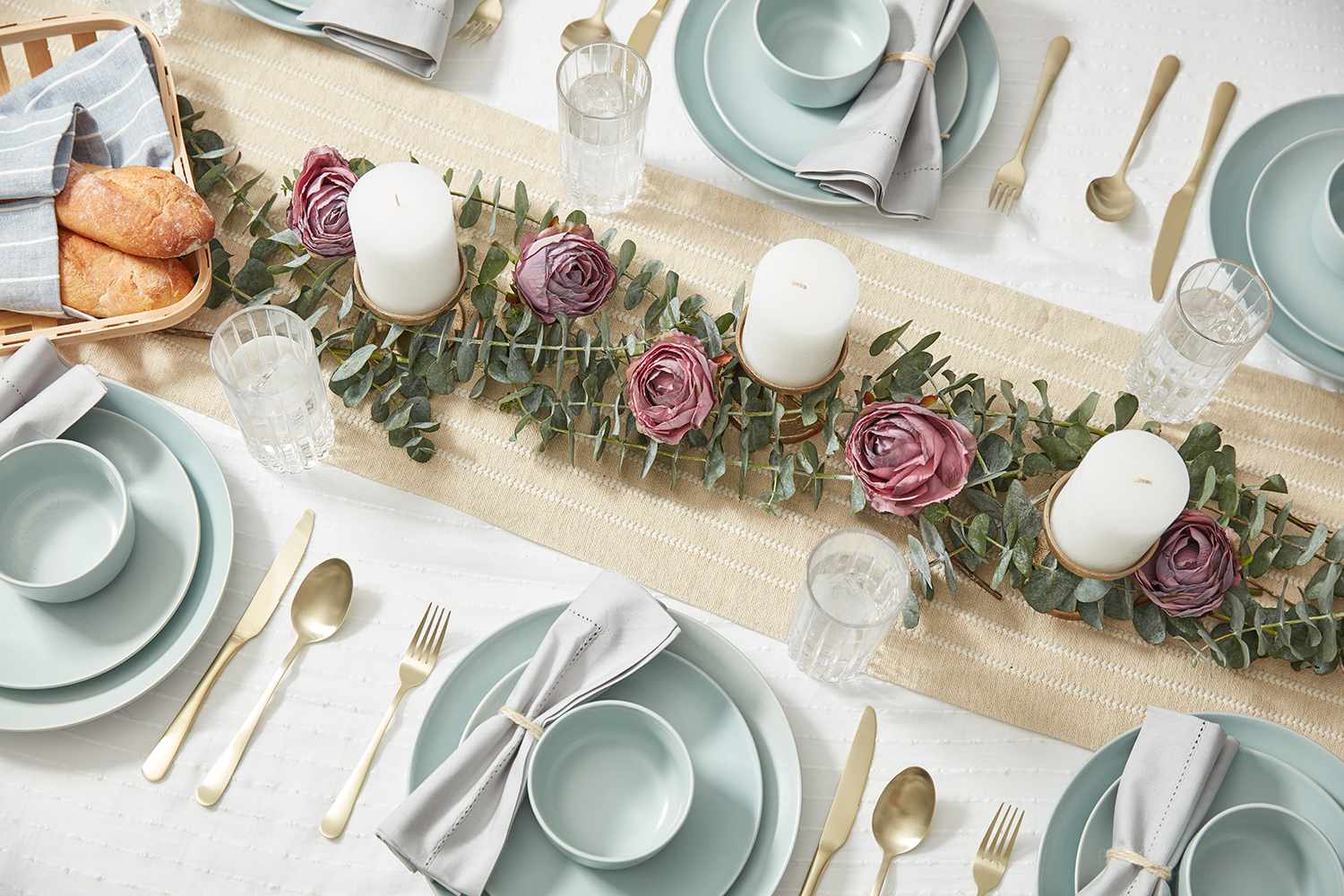
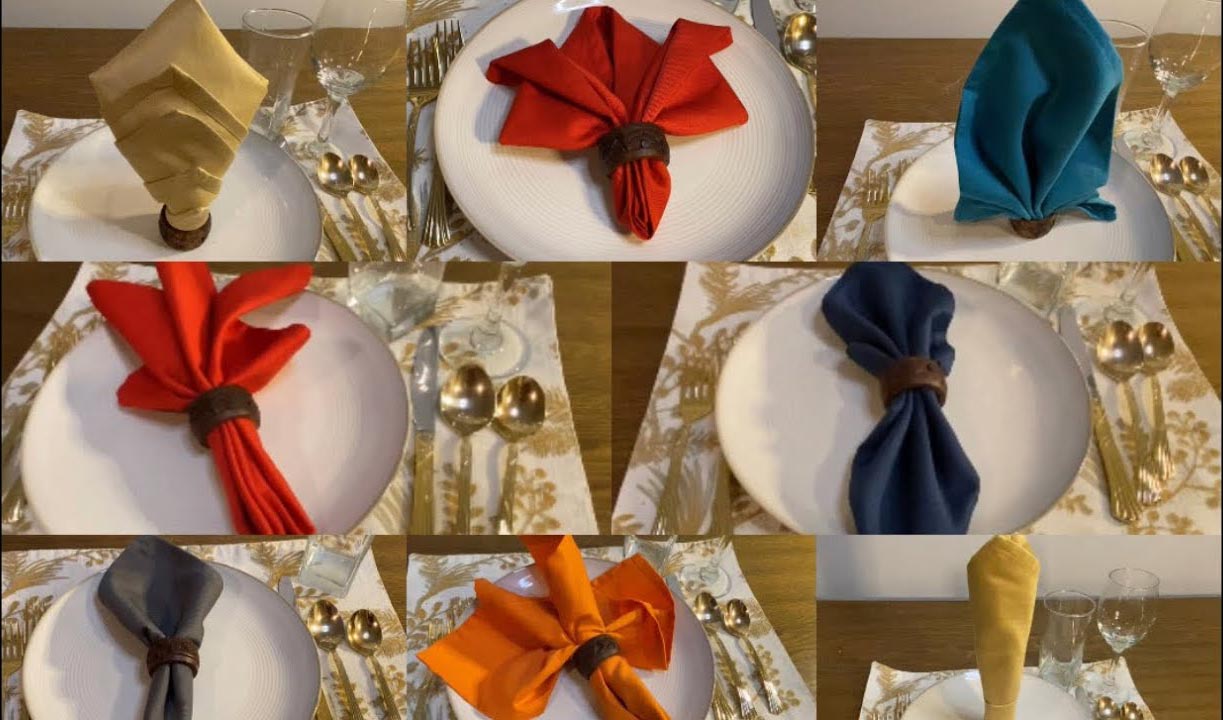
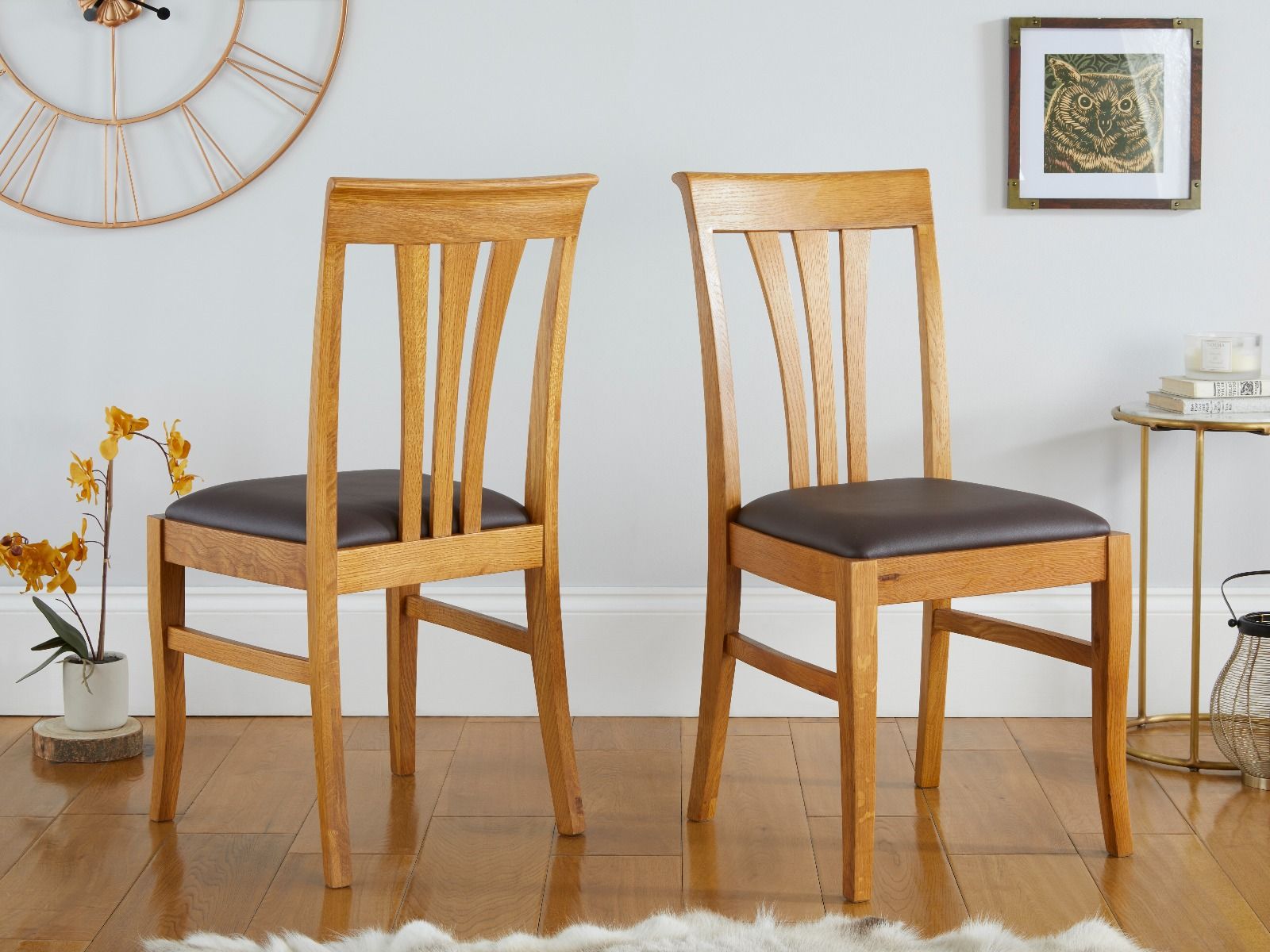
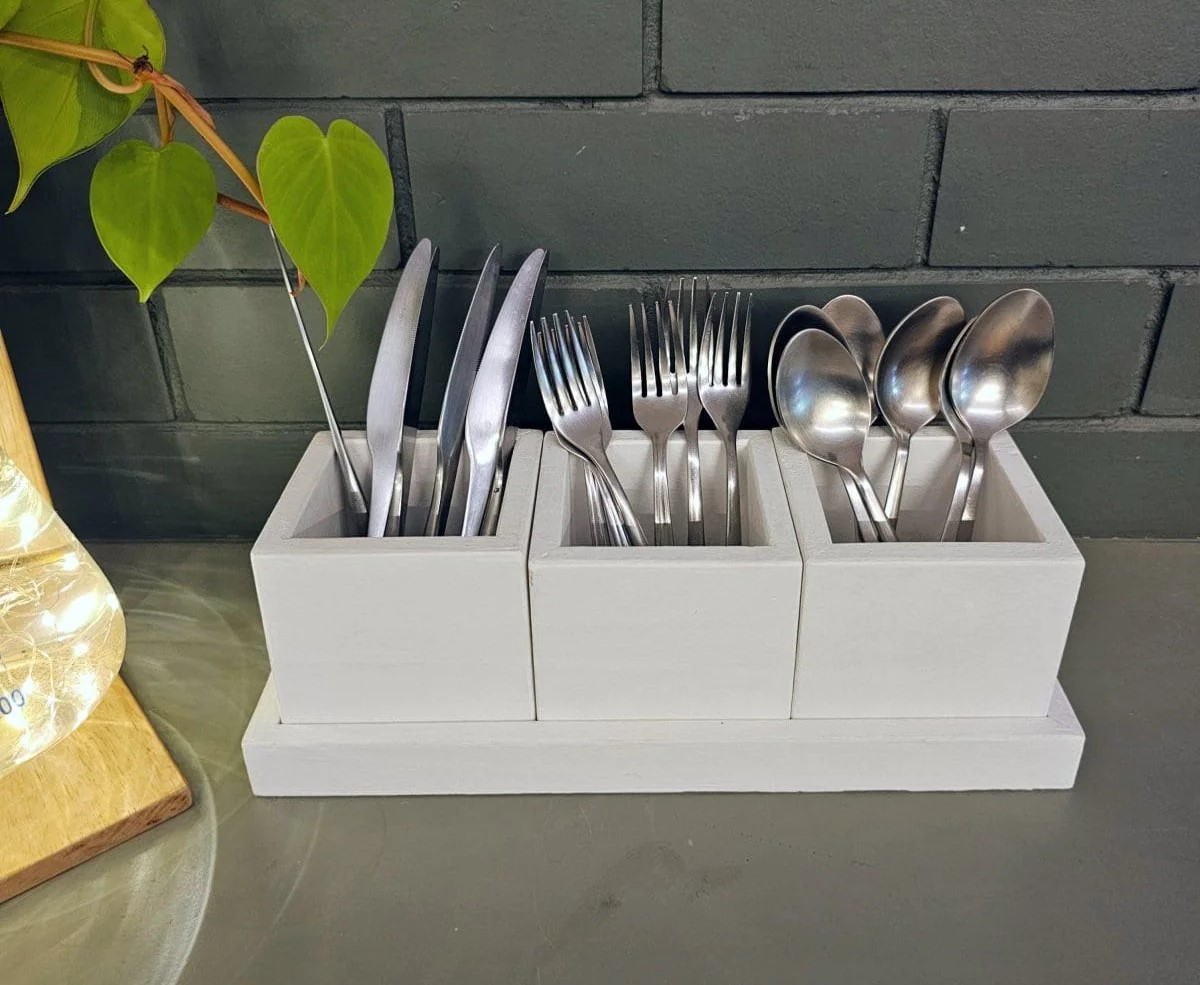

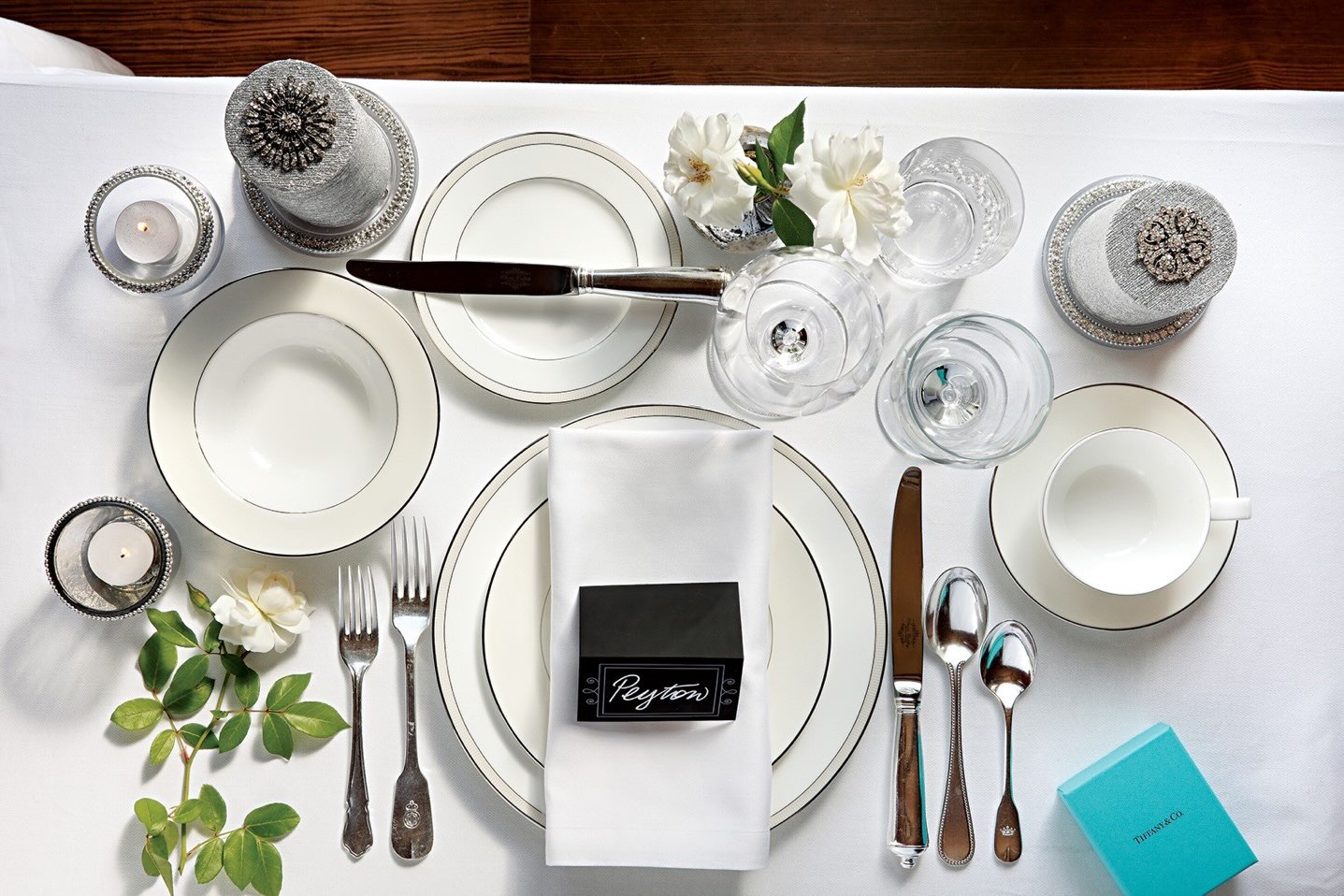
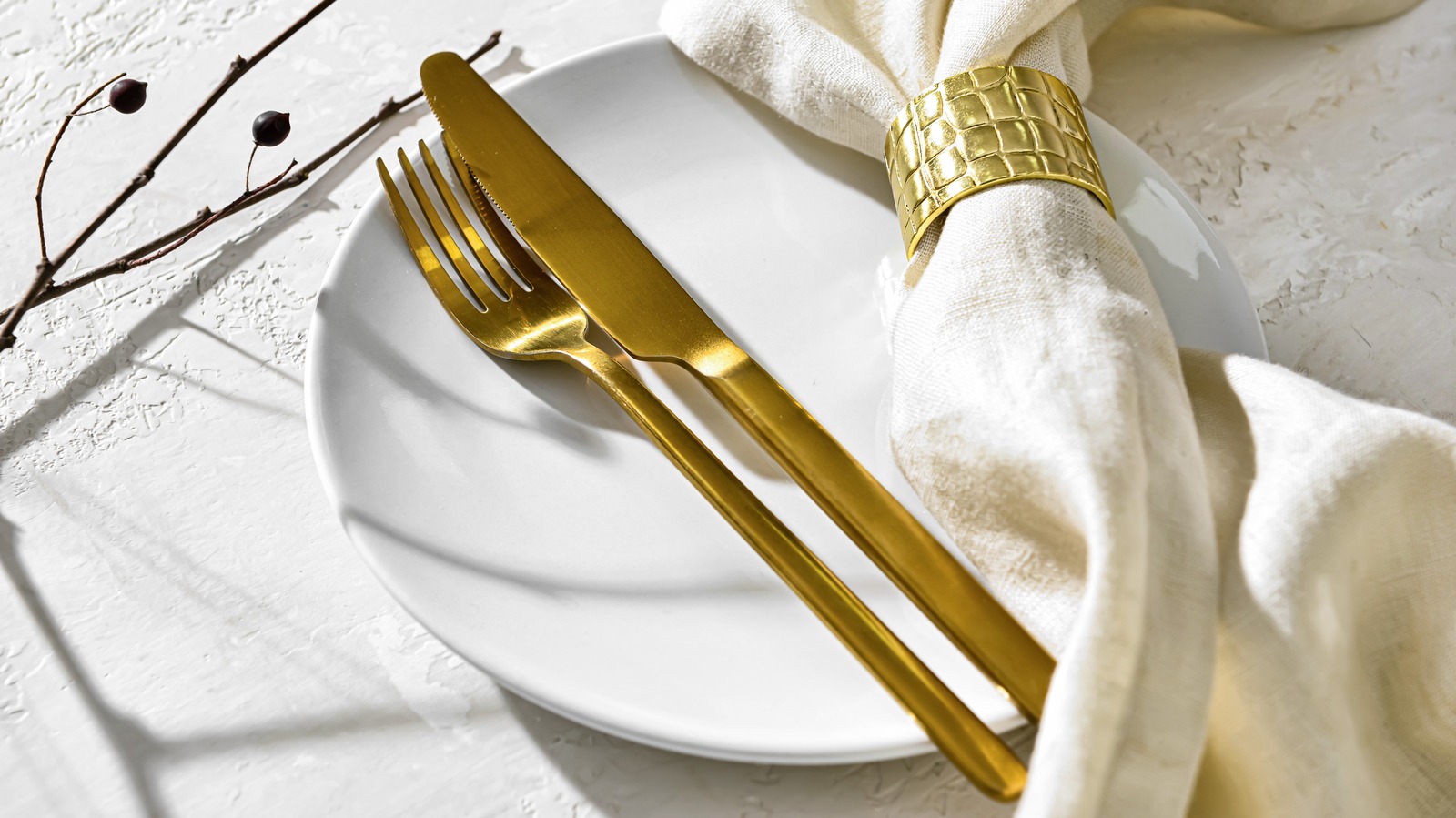
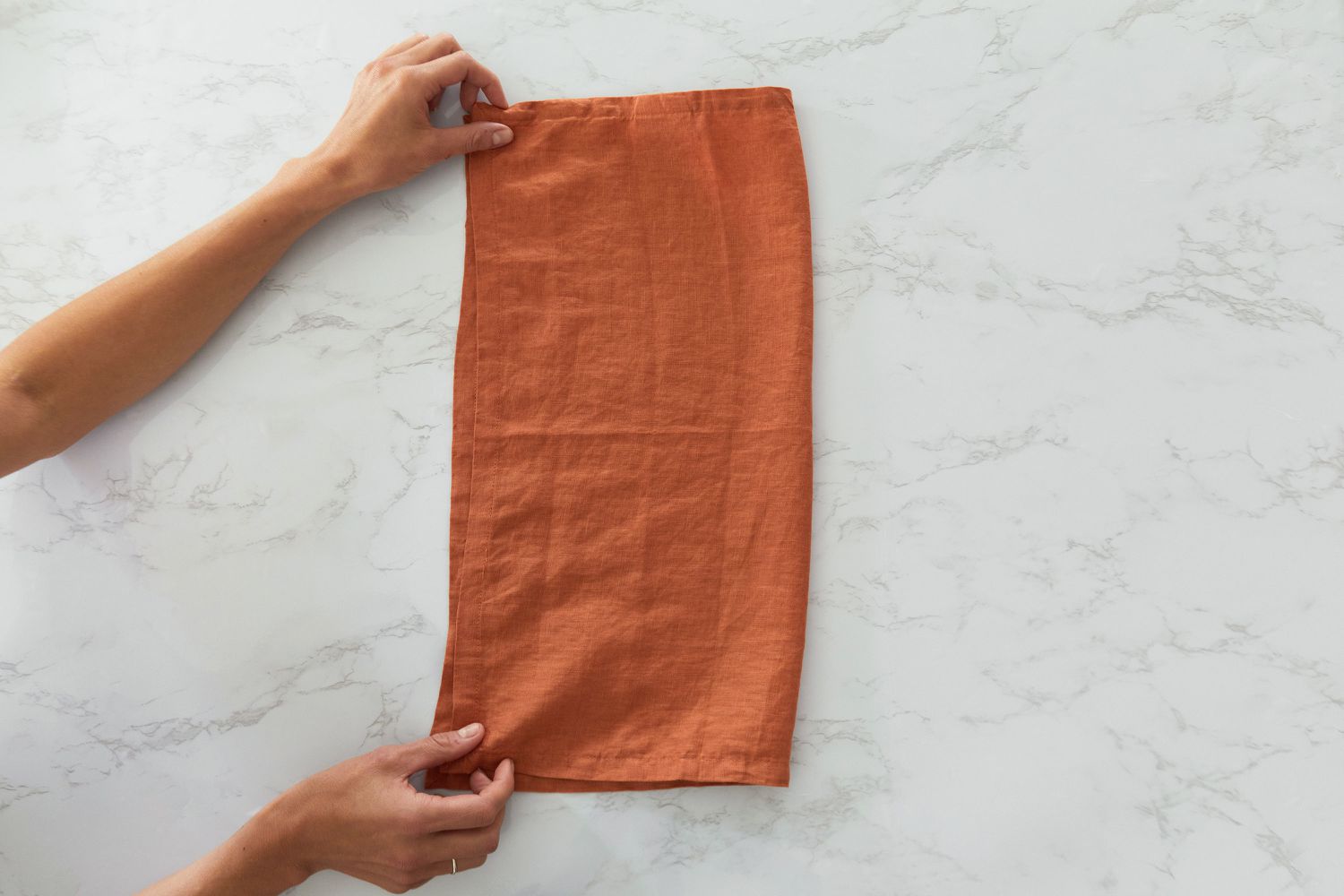
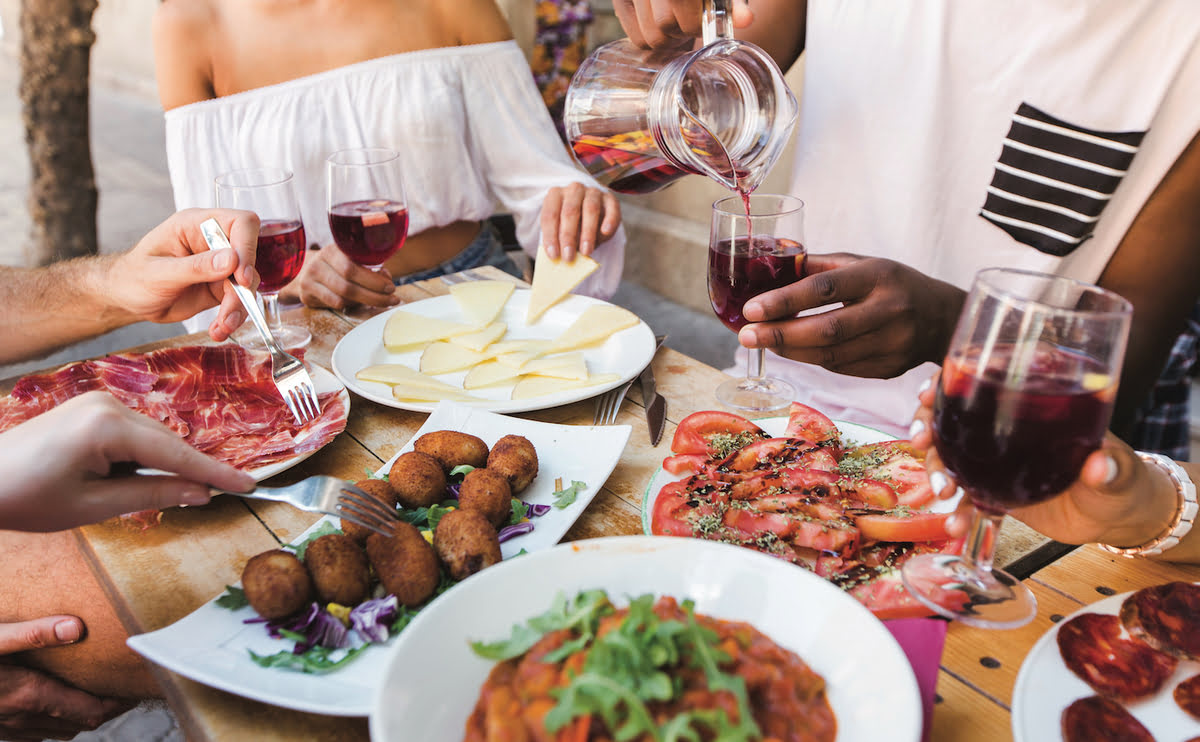


0 thoughts on “Table Etiquette: Where To Put A Napkin – On The Table Or Chair Seat?”